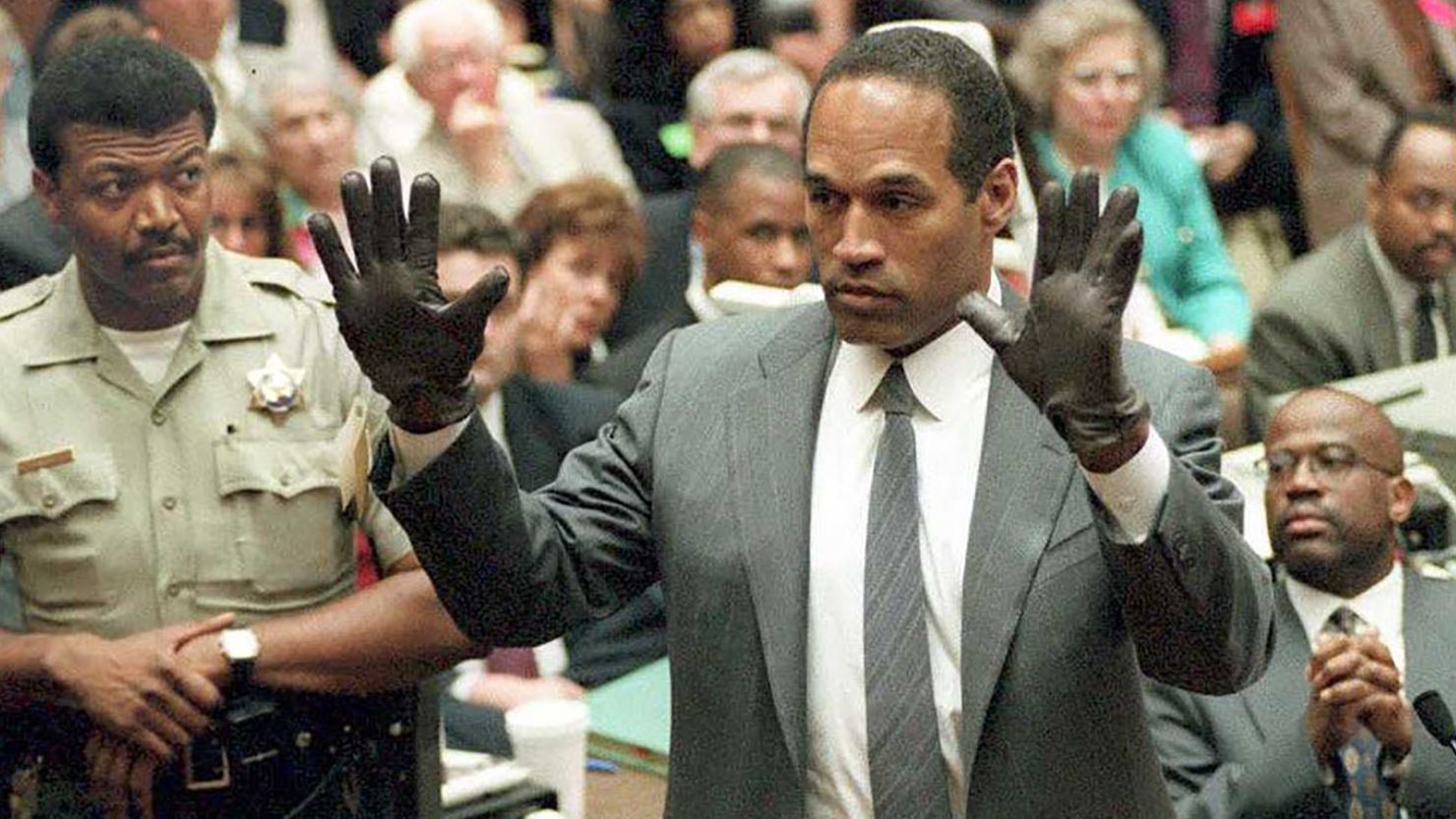meatthesavages.com – Released in 1969, Carnal Circuit (also known as The Insatiables and Beverly Hills) is a stylish and suspenseful Italian-German giallo film directed by Alberto De Martino. This atmospheric thriller is renowned for its striking visuals, complex plot, and its exploration of themes of sex, violence, and moral decay.
A Deadly Game of Cat and Mouse
The film follows the story of Paolo Sartori, a journalist who becomes embroiled in a dangerous investigation after his friend mysteriously disappears. As Paolo delves deeper into the case, he finds himself drawn into a world of corruption, drug addiction, and murder.
The story takes place in Los Angeles, a city of contrasts, where wealth and poverty coexist side by side. The film’s characters are a mix of glamorous socialites, drug dealers, and corrupt businessmen. The suspenseful atmosphere is heightened by the film’s stylish cinematography, which captures the seedy underbelly of the city.
A Giallo Masterpiece
Carnal Circuit is a classic example of the giallo genre, characterized by its stylish visuals, complex plot, and its focus on suspense and mystery. The film’s striking color palette, atmospheric score, and frequent use of shocking violence contribute to its unique and disturbing atmosphere.
The film’s cast includes a number of notable actors, including Robert Hoffmann as the intrepid journalist Paolo Sartori, Luciana Paluzzi as the enigmatic Mary Sullivan, and Dorothy Malone as the wealthy and manipulative Vanessa Brighton.
A Timeless Thriller
Carnal Circuit is a timeless thriller that continues to captivate audiences with its stylish direction, complex plot, and unforgettable characters. Its exploration of themes of morality, corruption, and the destructive power of desire remains relevant today.

